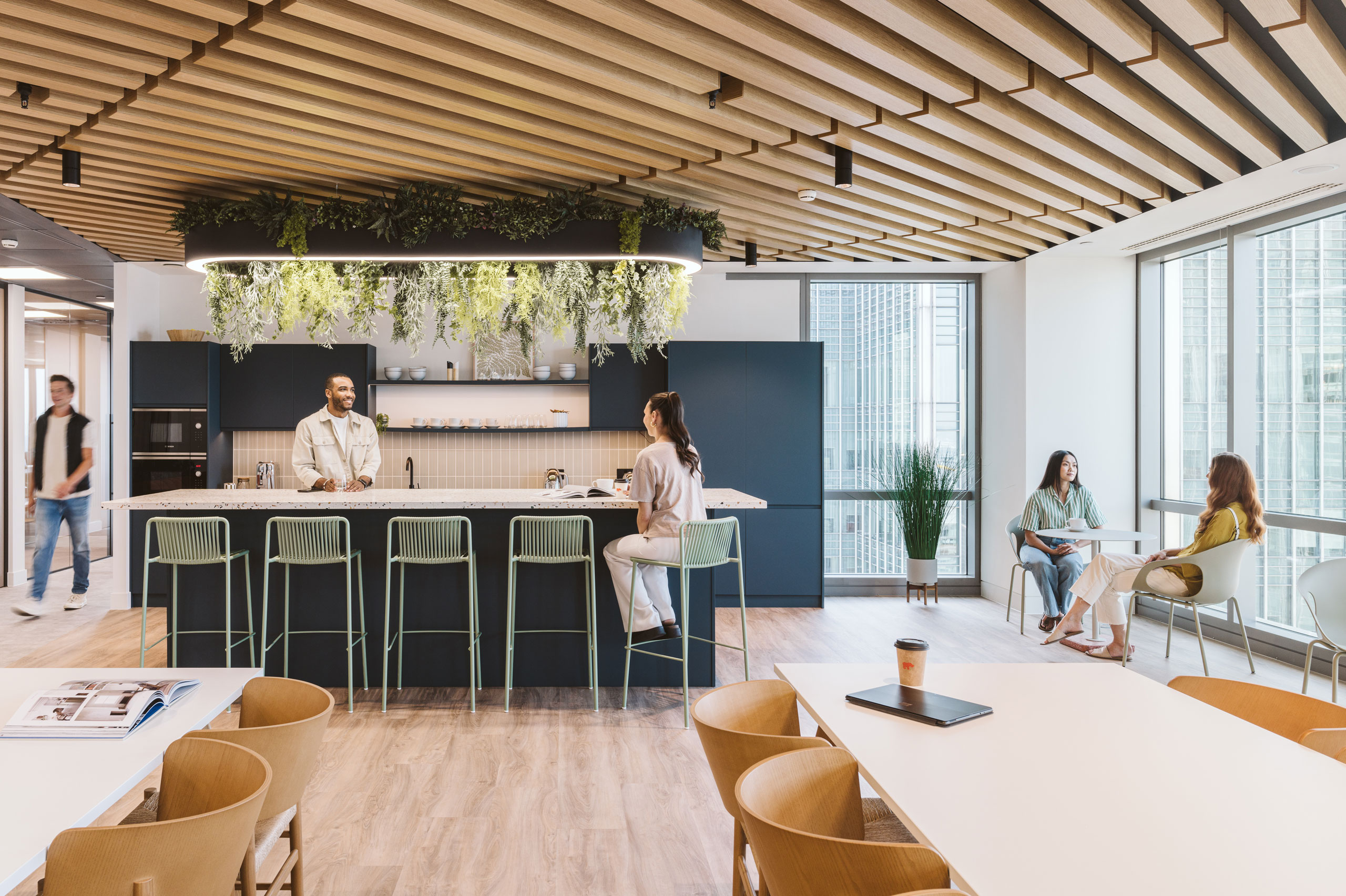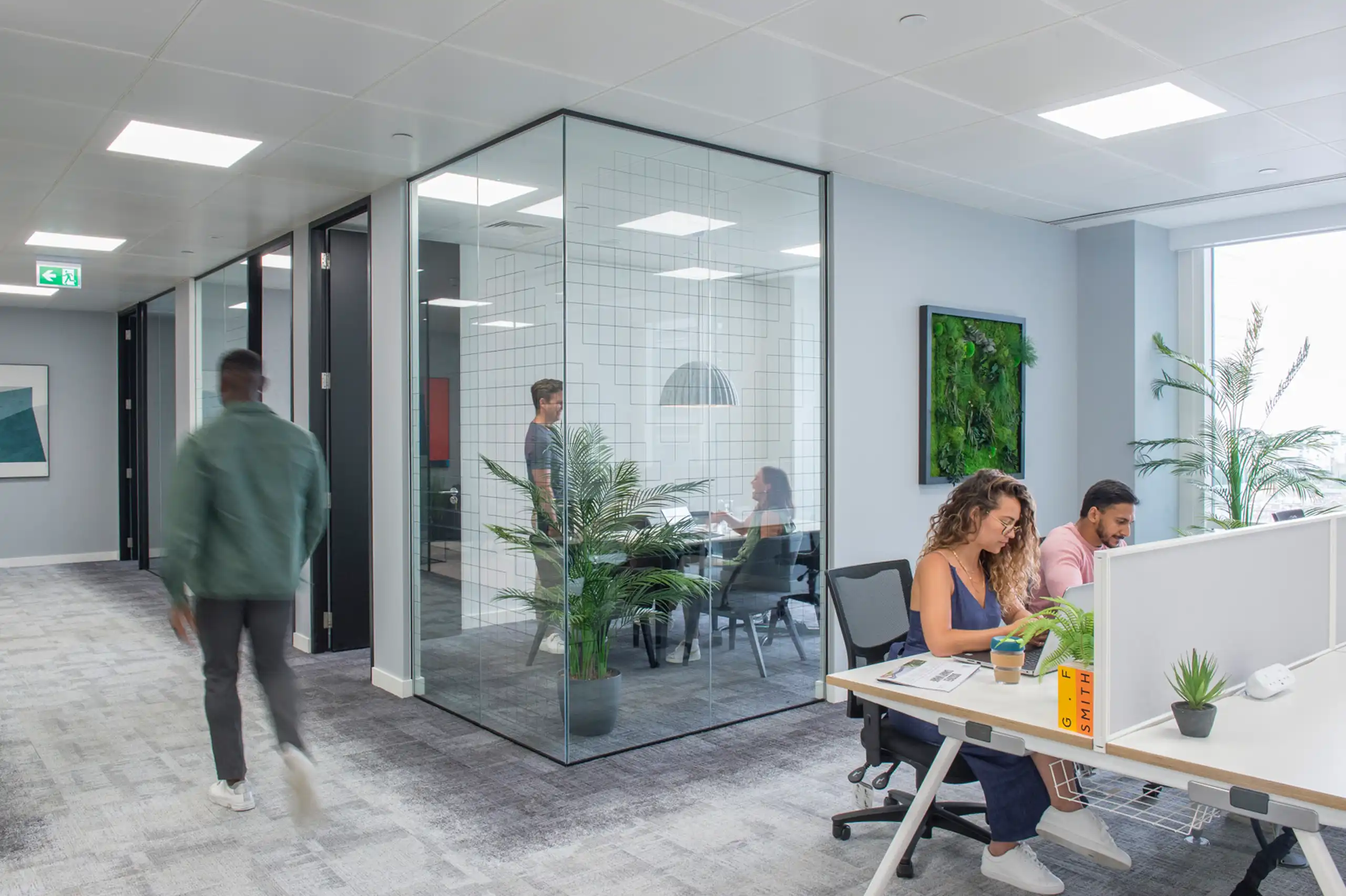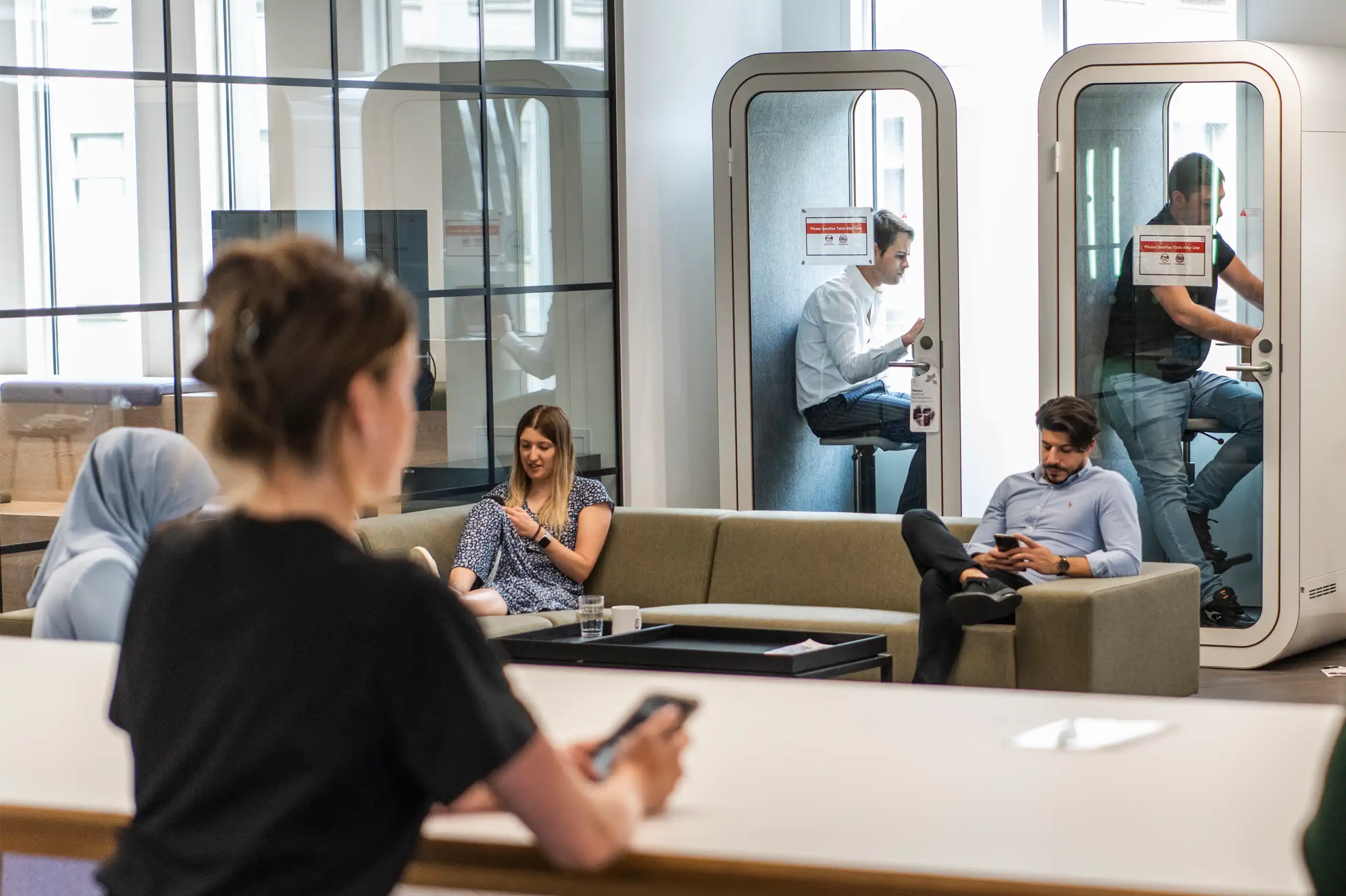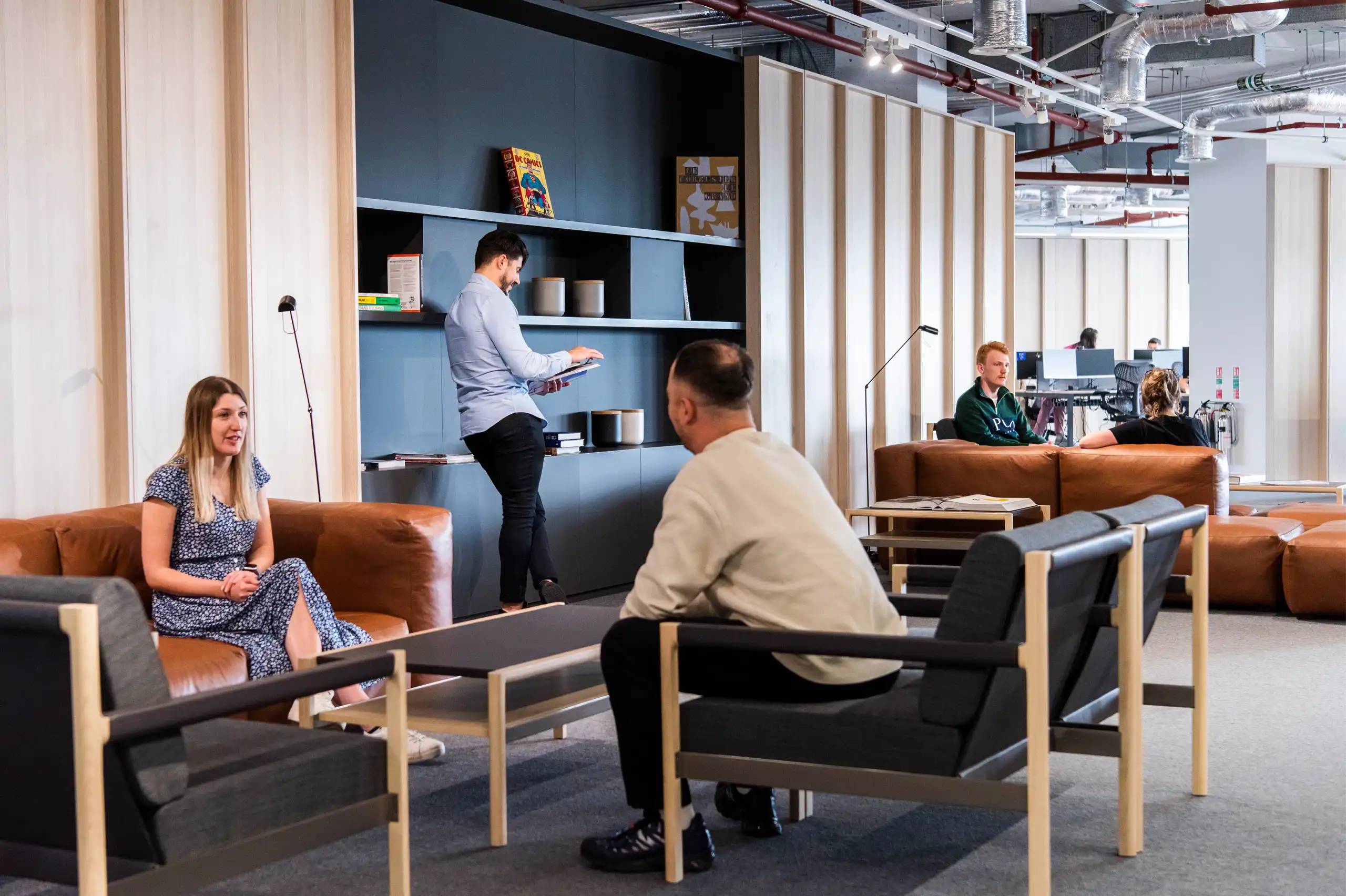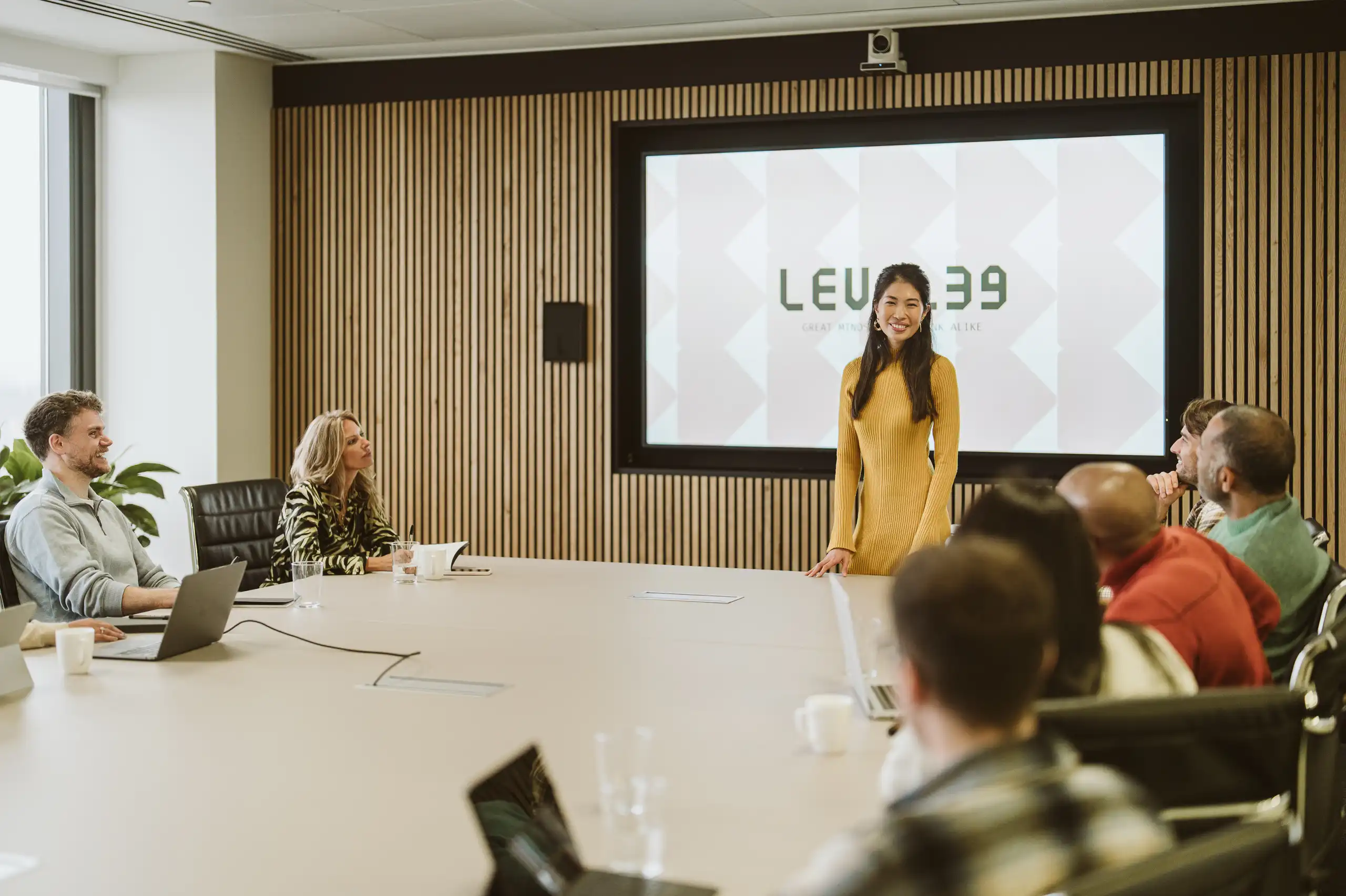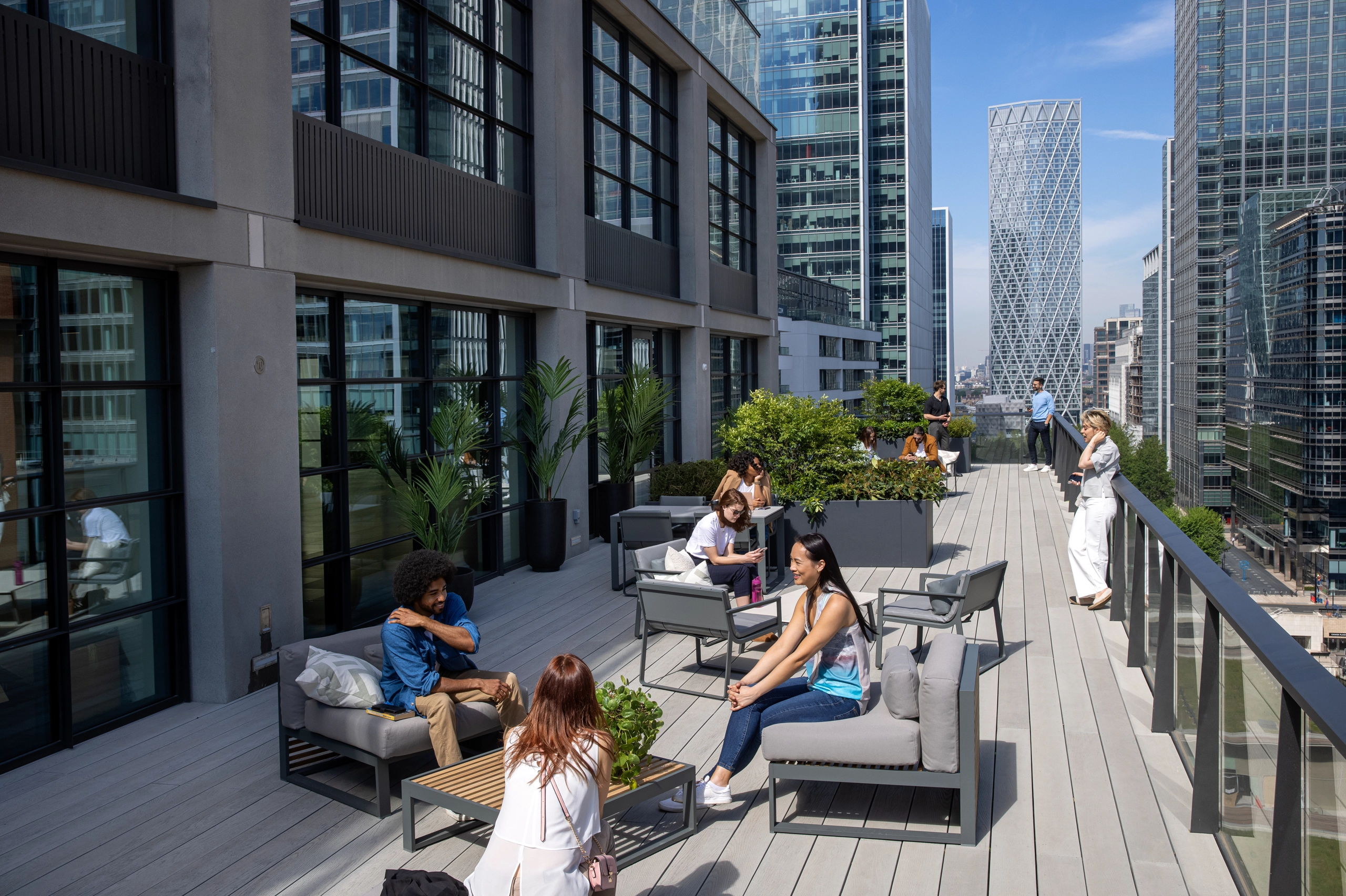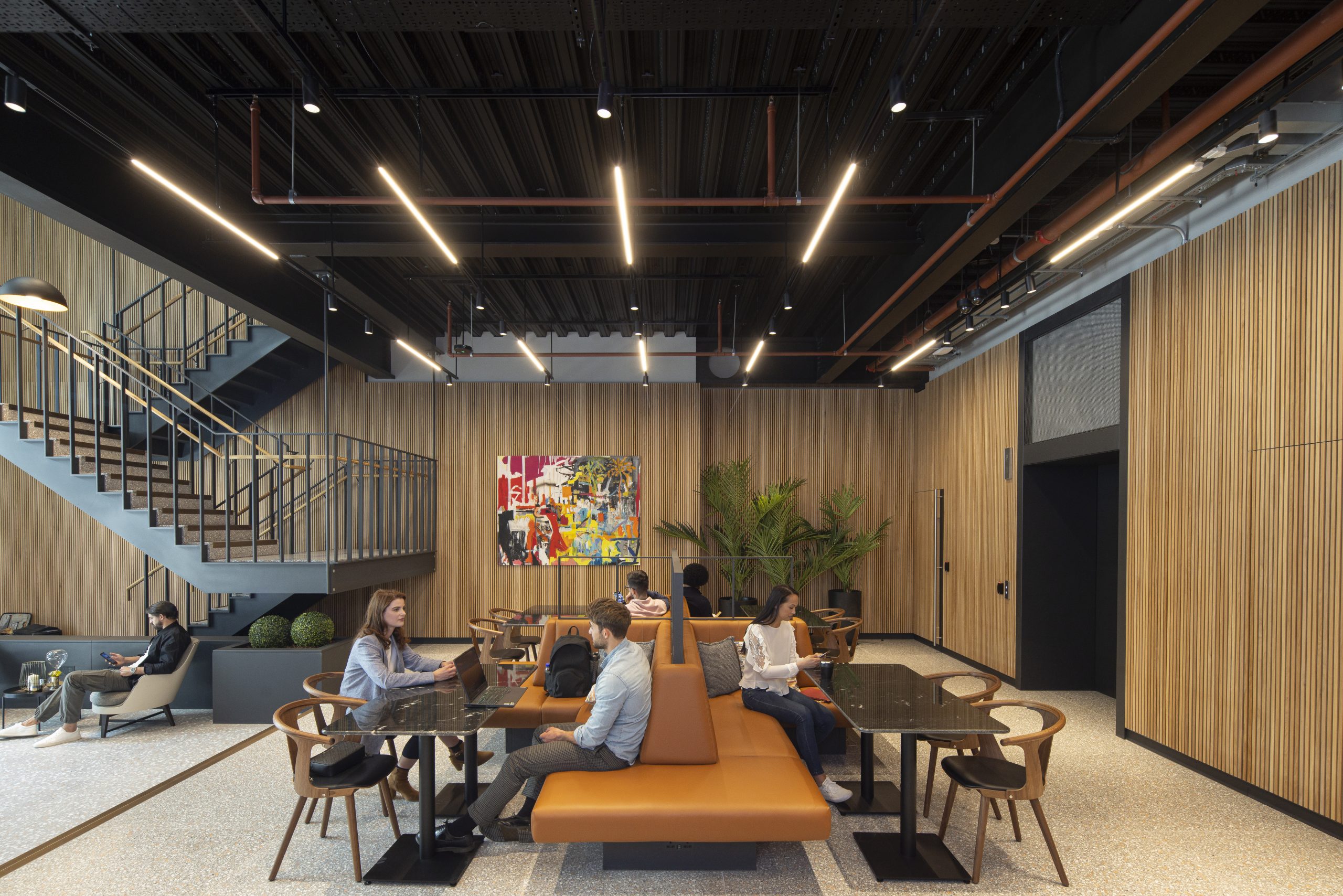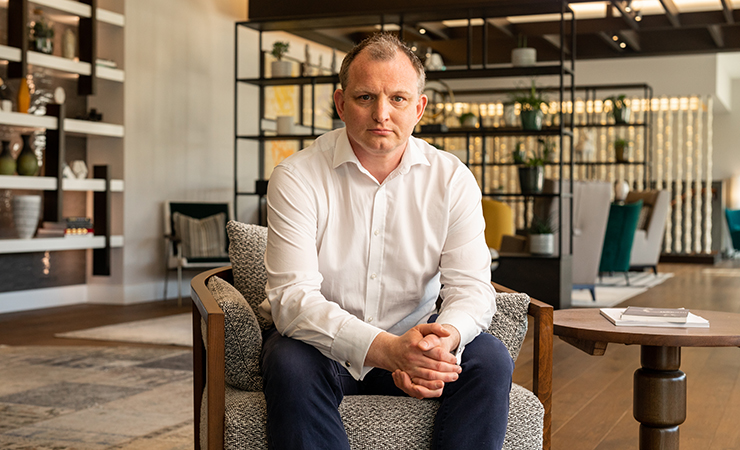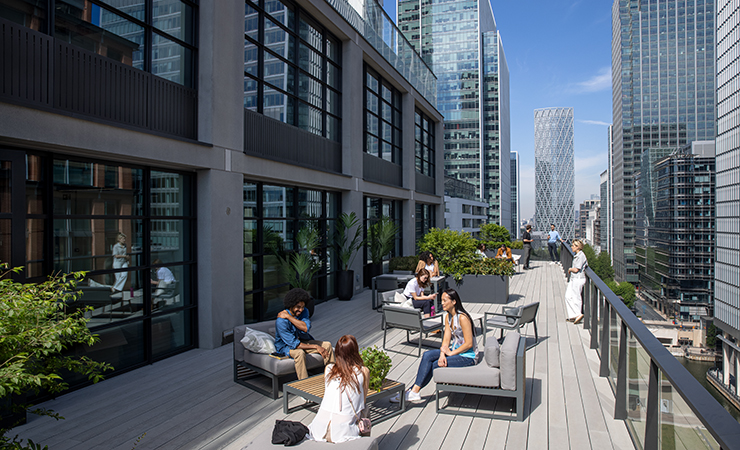
How changes to lifestyle trends have affected office environments
The way in which we work has not only changed, it’s continuing to change. That evolution became a revolution with the pandemic, but in reality, the shift was already very much in motion thanks to digitisation and an awakening amongst employers and employees about wider lifestyle trends that impact workplace wellbeing and productivity. Shaped by awareness and enabled by digitisation, lifestyle trends are changing what it means to create a good office environment. Here, we look at the top trends and the impact they’re having on the workplace.
Lifestyle trend: remote work and flexibility
Remote working and flexible working are no doubt amongst the biggest shifts in the way we work since the dawn of the Internet. A survey by McKinsey (based on the United States) said:
“A remarkable 58% of employed respondents—which, extrapolated from the representative sample, is equivalent to 92 million people from a cross section of jobs and employment types—report having the option to work from home for all or part of the week.”
Meanwhile, the Office of National Statistics in the UK, reported that from September 2022 to January 2023 “44% of workers reported home or hybrid working”.
However, the shift to more remote and flexible working has not made the office space irrelevant. Instead, it has reshaped its purpose, making it a more strategic part of business as employers seek to make it a space for collaboration and engagement over independent working. This has, however, required the reimagining of the working environment as companies rethink their office spaces to better accommodate remote workers and those who have flexible schedules.
This includes creating workspaces that are adaptable to different needs at different times, and that proactively offer workers benefits they cannot find at home.
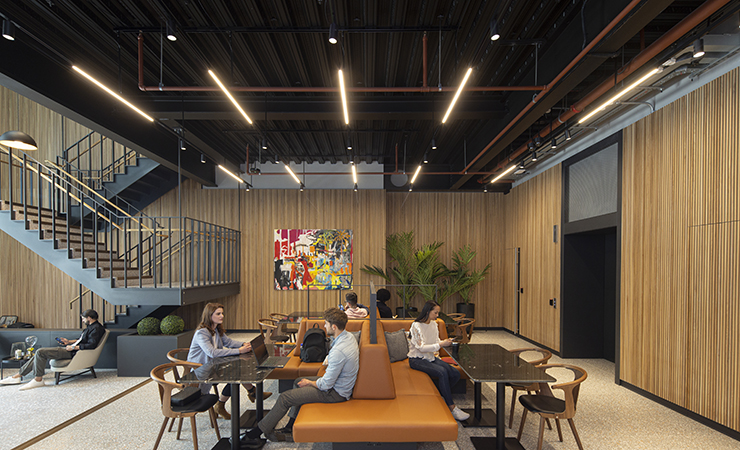
What makes a good office environment for flexible and remote working?
- More creative workspaces
- Adaptable working environments
- Collaborative spaces
- Opportunities to meet people for planned and serendipitous interactions
Lifestyle trend: work-life balance
If Gen X lived to work or worked to live, Millennials and Gen Z have been instrumental in driving a shift towards work-life balance. Forbes reported in 2020 that 80% of millennials (who made up 50% of workers at that time), said “they seriously consider how a position will affect their work-life balance.”
For employers, not only is there an ethical point to be considered here – making sure employees are looked after, but also an important business consideration too. If you want to attract top talent, then a good work-life balance must be part of what you’re offering. That doesn’t just mean a good holiday package, but the shape of their working days and weeks as well.
Companies are now offering more flexible work arrangements, such as flexible schedules and remote working options (as mentioned), but also working environments that support wellbeing as well. That might mean offices that are surrounded by great lifestyle activities, fitness that can be incorporated into the working day with nearby gyms or running paths, local conveniences (so you don’t have to do your food shop at the weekend), and proactive wellness programmes in the office to help employees manage stress and maintain a healthy lifestyle.
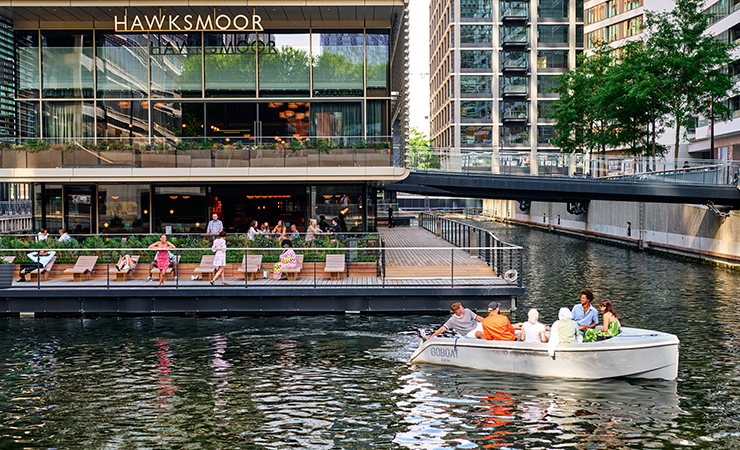
What makes a good office environment for work-life balance?
- Flexible schedules
- Wellness programmes
- A great office location
- Local lifestyle options
Lifestyle trend: technology
Technology has been one of the headline features in transforming the way we work and therefore also driving change in the office environment. Cloud computing means we no longer need to be tied to a particular desk, office, or even country to be able to work at the same time or even on the same document as our co-workers. This presents opportunities and challenges for businesses. On the one hand, you can access the best talent from anywhere in the world. On the other, how do you bring people together and create a sense of collaboration and community with a disparate team? The answer is in the office design and using it with intent. The move away from being desk bound has precipitated a shift in office design, from hot-desking to collaborative spaces that facilitate communication and idea sharing. Technology is a powerful tool in making this happen, from smart tech to 10 gigabyte cables delivering super-fast broadband for life sciences innovators.
Advances in technology have transformed the way we work, and this has had a significant impact on office environments. With the rise of mobile devices and cloud computing, workers are no longer limited to a specific location or device. This has led to a greater emphasis on collaboration and communication, which has, in turn, led to a shift in office design. Many companies are now creating more open and collaborative workspaces that facilitate communication and idea sharing.
How does technology impact a good office environment and its design
- Diverse communications tools
- Cloud-based platforms
- Reliable conference lines
- IoT systems
- Robust security
- Video call booths
- Conference call capabilities
- Flexible desk space / hot-desking opportunities
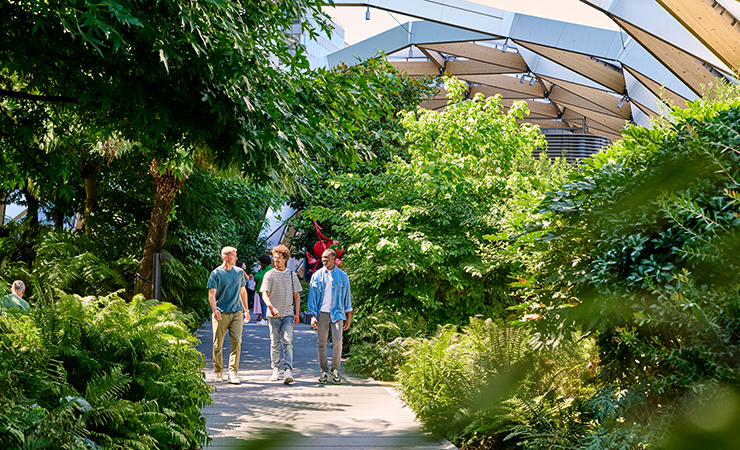
Lifestyle trend: sustainability
Sustainability is something that should be a priority for all of us – proactively, not as a box checking exercise. For employers, employees and customers, CSR is something people are taking much more seriously.
In 2022 “around 70% of employees and job seekers say a sustainability program makes an employer more appealing” according to Time Magazine, while a study by NielsenIQ “found that 78% of US consumers say that a sustainable lifestyle is important to them.”
Your office space has a seismic impact on your company’s environmental impact, from its construction to waste disposal and the surrounding environment. Details ranging from the design of the space to energy-efficient lighting, green roofs, and sustainable materials, are all factors. At Canary Wharf this is an inbuilt priority, with a net zero target by 2030, fit-outs using sustainable and reuse materials where possible, zero waste to landfill in managed areas since 2009, all electricity purchased from renewable sources since 2012, and a 49% reduction in Scope 1 and 2 emissions since 2012 – to name a few details.
What makes a good office environment sustainable?
- Sustainable and reuse materials
- Energy efficiency design
- Proactive Net Zero targets
- Green and blue spaces
- Zero waste to landfill
- Renewable electricity sources
Lifestyle trend: employee wellness
We are all increasingly aware of our mental, physical and emotional wellbeing – its importance and its impact on our work as well as our personal lives. As a result, employers and employees alike are keen to put steps in place to make sure wellbeing is a top priority at all times. Understanding that wellness isn’t something that exists for an hour a day in the gym, but requires an ongoing and holistic approach that considers health and wellbeing each day.
As a result, companies are choosing their office locations and designing their spaces to consider employee wellbeing overall. That means everything from more natural light and biophilic design features, to access to healthy food options, gyms, green outside spaces and the inclusion of features like meditation rooms.
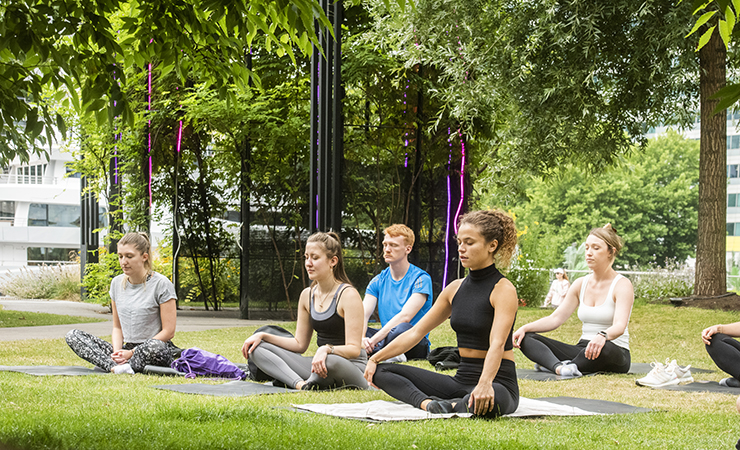
What makes a good office environment for employee wellness?
- Ergonomically crafted work areas
- Ergonomic furniture
- Good sound insulation
- Temperature and climate control
- Natural light
- Biophilic design
- Quiet zones in the workplace
- Comfortable environments
- Access to outside spaces (gardens, green spaces, blue spaces)
Changes in lifestyles and work habits have had a profound impact on office environments. From remote work and flexible schedules to a greater emphasis on work-life balance and sustainability, companies are rethinking their office spaces to better accommodate the needs of modern workers. As technology continues to evolve and workplaces become more diverse, the office of the future will need to be flexible, adaptable and designed with the needs of workers in mind. You get all of this and more at Canary Wharf.
Find out more about Canary Wharf office space
Go to top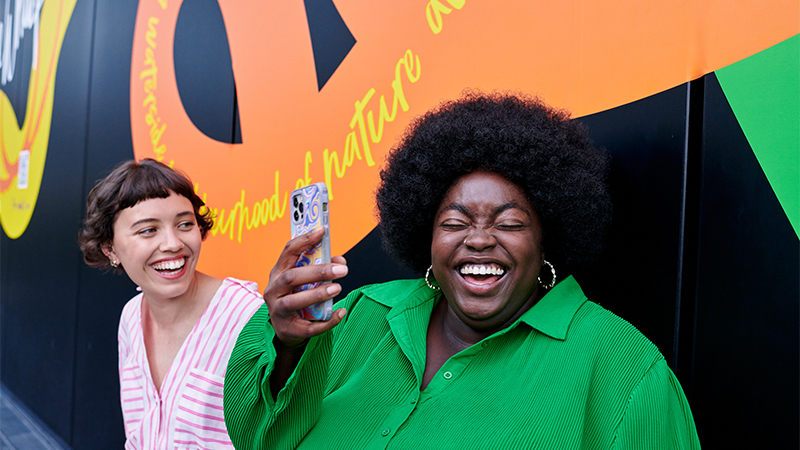
Download the App
Download the Canary Wharf App today and join our online community here at Canary Wharf and access the latest offers and promotions, events and news.

Wharf Connect
We’re thrilled to introduce Wharf Connect – a FREE membership community tailored for early career professionals based in the Canary Wharf estate.
